



End-to-end certification and regulatory compliance for Indian and global markets.
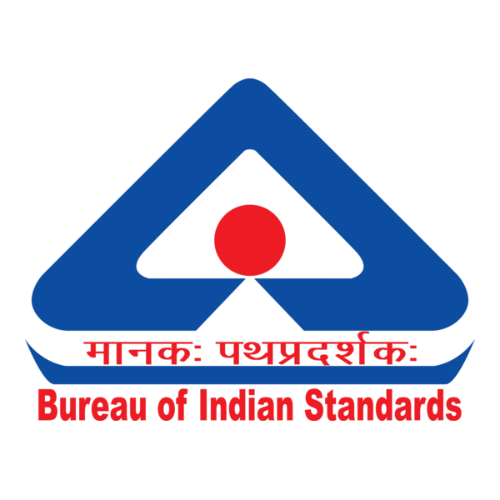 BIS Certification
BIS Certification
 CDSCO
CDSCO
 CPCB
CPCB
 LMPC
LMPC
 WPC Approval
WPC Approval
 Global Approvals
Global Approvals
 TEC
TEC
 ARAI
ARAI
 BEE
BEE
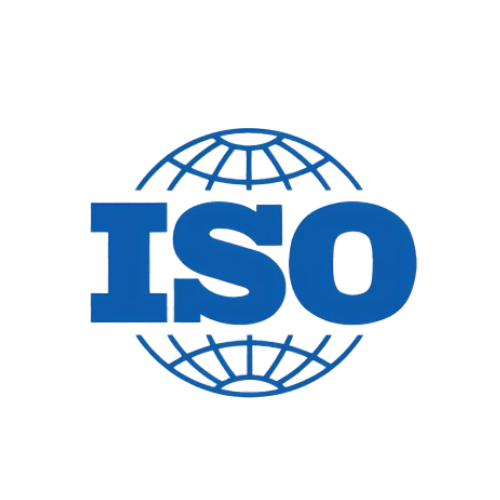 ISO Certification
ISO Certification
 Drone Registration
Drone Registration
 NOC For Steel
NOC For Steel




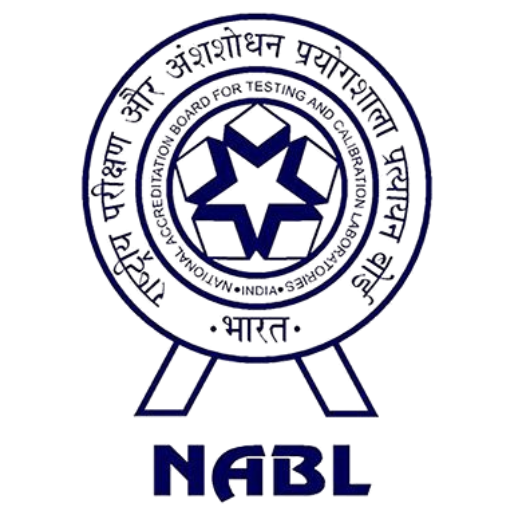
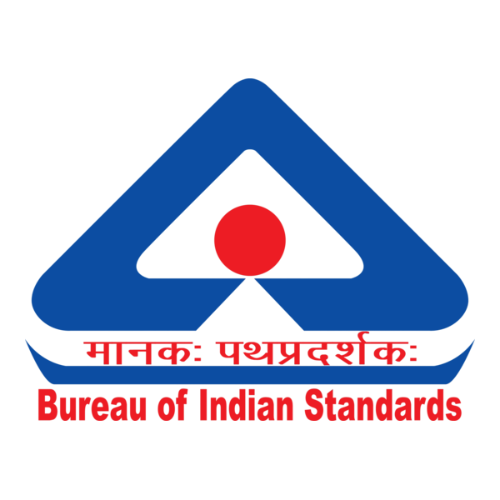

























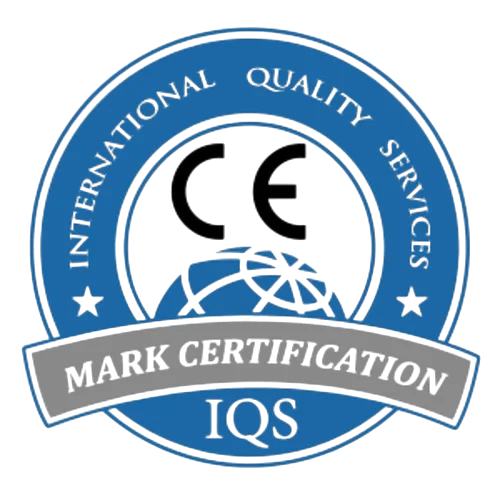






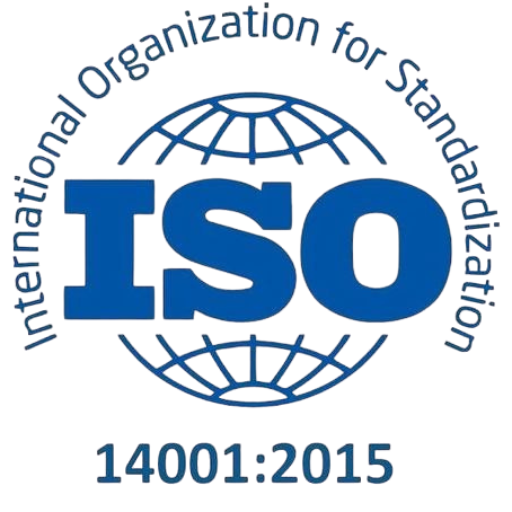
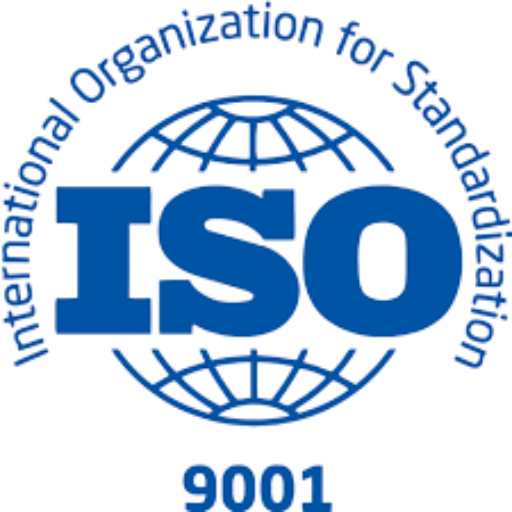
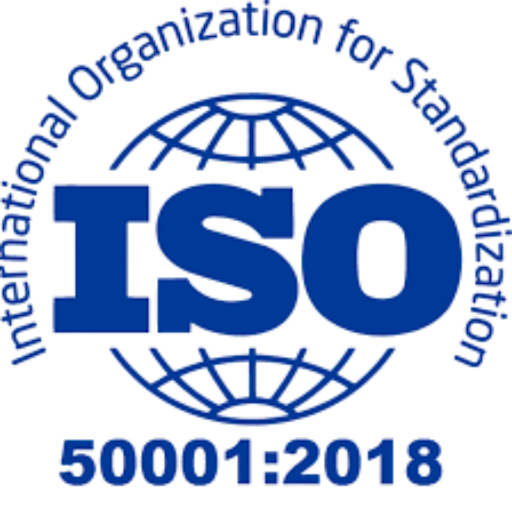

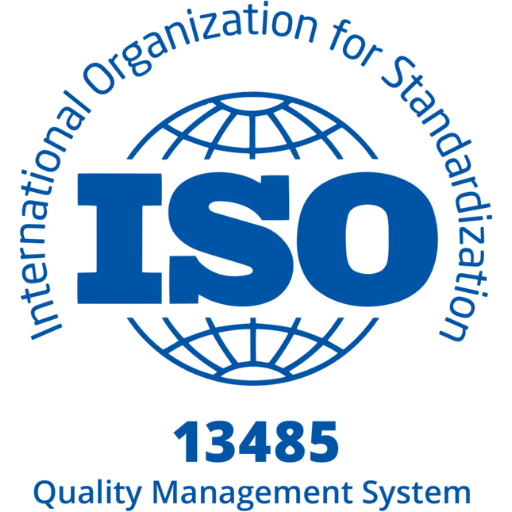
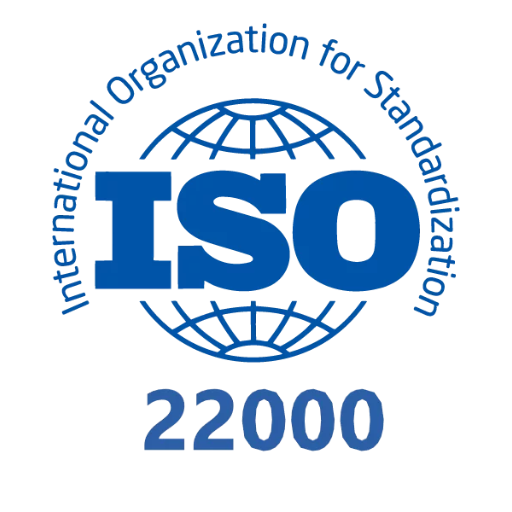
Apart from product certification, BIS is responsible for framing Indian Standards, conducting laboratory testing, and ensuring consumer protection.
Some items must be certified before they get released mysteriously made for select goods like cables, switches, cement, gas cylinders, etc.
It ensures electronic products conform to Indian Standards (IS).Covers 70+ products including laptops, phones, adapters, TVs, and batteries.
Hallmarking Certification is mandatory in India for gold and silver jewellery.The BIS 916 Hallmark confirms 22K gold purity.Silver Hallmarking is compulsory for certain grades like BIS 925.
FMCS Mark Certification is a BIS-led approval process that enables foreign manufacturers to sell regulated products in the Indian market.
It helps manufacturers build trust and create a compliance framework. It also markets to eco-conscious consumers.This guide will detail eligibility, provide information on the application procedure, and outline benefits of certification to ISO 14024.
It is governed by NABL under the Quality Council of India (QCI).Accreditation enhances trust among regulators, industries, and global partners.
The World Manufacturer Identity (WMI) is a globally recognized code used to identify vehicle manufacturers. WMI registration ensures traceability, compliance, and global brand recognition for automotive makers.
Stay ahead of regulatory changes with BIS Scheme X Certification. Now extended to September 1, 2026, under the omnibus technical regulation order 2024. Get complete certification support from Diligence Certification.
Get full assistance for CDSCO registration, medical device import licenses, and cosmetic import licenses with Diligence Certifications. Our expert guidance and comprehensive support ensure your compliance, helping you gain a competitive edge in the market. Your satisfaction is our commitment!
Diligence Certifications is a top-tier name in drug licensing and provides topmost service and knowledge support to all sizes of pharmaceutical companies. Our seasoned team understands the global regulations and has seen several success stories.
Having trouble securing Cosmetic License certification in India? Let our ISI certification experts assist you in achieving it and boosting your credibility!
Get expert guidance on Medical Device Registration in India. Learn CDSCO approval process, documents, fees & compliance for manufacturers and importers.
Secure your CPCB Certification with ease and align your business with environmental regulations and sustainable practices. Our expert team streamlines the application process, offering tailored guidance to meet your unique EPR compliance requirements.
Need assistance in Battery Waste Certification? Our experts guide you through every step to ensure smooth and compliant processing.
E-waste has become one of the most serious problems of the modern world, as technology is changing very fast. Discarded electronics items such as smartphones and refrigerators contain very toxic elements hazardous to human health and the environment if not treated properly.
Tyre wastage is an increasing global problem. It threatens to engulf the world in a sea of rubber with disastrous consequences for the environment and human health.
Diligence Certifications help businesses go a long way in environmental compliance matters through their management of plastic waste compliance. It rallies your commitment to reducing environmental impacts, increasing your recycling, driving circular economies and, hence, building credibility with consumers as citizens of a wider world contending against plastic pollution with angels and regulators.
The No-Objection Certificate has special relevance for a business; from needing it while applying for a loan, selling property, or for an application to pursue higher education, there are multiple situations where one has to face the need for an NOC.
Get Full Assistance for Model Approval for Indian W&M Instruments and Importer Registration for Weight and Measurement Instruments with Diligence Certifications. We prioritize your success by providing expert guidance and comprehensive support for all your LMPC Certification needs, helping you gain a competitive edge in the market. Your satisfaction is our commitment, and we work tirelessly to ensure it, now and in the future.
Diligence Certifications offers provision of LMPC Import License Certification under Legal Metrology Packaged Commodities rules with respect to process of importation of goods into India for compliance. Our proficiency ensures that your labeling and packaging for products meet the requirements for easy clearance of goods through customs. It certifies approval from the regulators, having legal backing and gaining confidence of consumers and authorities.
The legal metrology certification is gaining importance in today’s ever-changing context of business with emphasis on fair trade and consumer protection. There is a fresh perspective on maintaining the true measurement and weighing-related activities on account of the fact that with almost every passing day, market growth and transaction complications are assuming greater magnitude.
Get Full Assistance for Non-Network License, Network License, and Equipment Type Approval with Diligence Certifications. We prioritize your success by providing expert guidance and comprehensive support for all your WPC Approval needs, helping you gain a competitive edge in the market. Your satisfaction is our commitment, and we work tirelessly to ensure it, now and in the future.
The Diligence Certifications grant a fast track to the acquisition of WPC Import License, making the imports of communication devices 100% compliant with WPC Certification. Based on our experience and expertise, we ready you for the licensing processes in such a way that your product conforms with all technical standards and is safely usable within India. The certification would guarantee acceptance by regulators, therefore cultivating such trust with the authorities and end users.
End-to-end certification and regulatory compliance for Indian and global markets.
 Business Registration
Business Registration






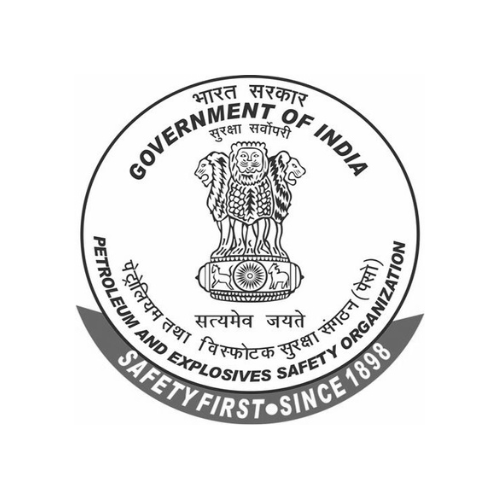










End-to-end certification and regulatory compliance for Indian and global markets.
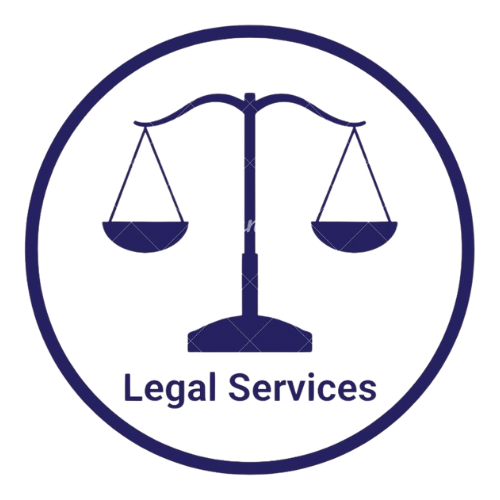 Legal Services
Legal Services
 Trademark Registration
Trademark Registration
 Copyright Registration
Copyright Registration
 Patent Registration
Patent Registration






















































A license agreements is a legal document that allows one party (the licensor) to give another party (the licensee) permission to utilize particular rights, intellectual property, or money-related assets, subject to certain terms or conditions. A license does not transfer ownership; it permits usage that is carefully controlled by the licensor for a predetermined time, while the licensor retains all ownership rights.
In business terms, license allow companies and organizations to monetize their intellectual property, engage in businesses in a new market, and increase cash flow, all without relinquishing ownership of a companies most valuable assets and rights. The range of license can span simple applications like software companies licensing their products, to more complex applications like franchisors providing rights for other companies to operate businesses in a specific geographical area or market. License represent the foundation of modern business partnerships.
Indian Legal Framework
The legal framework for license in India consists of legislation that allows protection and enforcement of license in an adequate manner:
International Considerations
If cross-border, license agreements must comply with:
An exclusive license offers the licensee exclusivity over the licensed property for a defined scope. The licensor is unable to license the same rights or the same property to any other individual(s) throughout the duration of the agreement.
A non-exclusive license allows the licensor to provide similar rights to multiple licensees, which provides the possibility to leverage coverage of the market and the revenue opportunity.
A sole license agreement creates a hybrid arrangement where only the licensee receives commercial rights, but the licensor retains personal usage rights.
Government-mandated compulsory license agreements allow third parties to use patented inventions under specific circumstances, typically for public interest or anti-monopoly reasons.
Clearly identify all parties with complete legal details:
The grant clause defines the specific rights being licensed:
Comprehensive financial arrangements include:
Maintain brand integrity through:
Robust IP protection includes:
Software license agreements govern the use of computer programs, applications, and digital platforms:
Types Include:
Franchise agreements combine licensing with comprehensive business format replication:
Copyright license agreements for creative content:
Patent license agreements for innovation commercialization:
Various businesses fail to properly file and protect their IP before licensing arrangements are entered into, making it difficult for the licensee or the brand owner to enforce or protect their IP without potential losses.
When contracts include unclear language relating to usage rights, available territories, or performance criteria, problems can arise resulting in disputes or lost relationships.
Without evaluating a licensee as a potential partner, license relationships may be entered into with the wrong or incapable licensee, damaging the equity of the brand or clearly defining its market position.
Over-potentializing a true market worth of a royalty rate without knowing what is workable causes licensing arrangements that cannot be sustained.
Lack of monitoring and enforcement of quality standards with the current licensee damages both the reputation of the brand and customer relationships.
A comprehensive license agreement template should include:
Consider professional legal assistance for:
License agreements should clearly define:
Effective dispute resolution includes:
Licensing agreements can effectively stimulate business growth and create revenue streams and opportunities for market penetration. It does not really matter if you are a start-up seeking to monetize your innovations, or an established company interested in creating revenue streams. Well-crafted licensing agreements create and allow for sustainable competitive advantage.
To achieve success, you must attend to legal considerations, set expectations, maintain regular communication with your licensee, exercise quality control, and manage the business relationship. Understanding the various types of licensing agreements, the elements in the contract, and the usual pitfalls, permits organizations to develop value-based partnerships which are favorable for both parties to establish long-term value.
The contemporary business environment requires sophisticated licensing models which balance tradition and modernization, protection, and opportunity, market reach with exclusivity, and control with partnership with flexibility. Having the support of a professional judgment protects your interests, ensuring compliance with current laws while allowing your business to grow and be in a better position for the future.
If you are ready to protect your intellectual property and develop a new second source of revenue, our licensing group has experience drafting, negotiating, and enforcing licensing agreements. Contact us today for an initial meeting and start protect your intellectual property and develop your licensing partnership.






















A license agreement allows the IP holder to retain ownership, whereas an assignment means the ownership has been assigned to the assignee.
Royalties are typically between 2-10% of net sales, the rates vary depending on customary industry rates, the value of the IP, exclusivity to the specific market and the licensee's ability to commercially exploit the IP.
Yes, the license agreement can be terminated early for breach of contract, non-payment, failure of quality, bankruptcy or other circumstances outlined in the contact.
Union due to being agreed-upon verbally, license agreements may be legally binding, although often, people write license agreements and it is always preferred to license agreements provide for the best protections, more clearly identified terms and easier to return to in situations of disputes.
Control of improvements will typically depend on the terms of the contract, but generally follows "grant-back" requirements to provide for sharing those improvements with the Licensor.
The length of time depends both on the industry and the industry IP that the license is for. For example, a software license may be for perpetual IP rights, while an entertainment license to a brand or content can last from 1-10 years, sometimes extending to renewal options.

